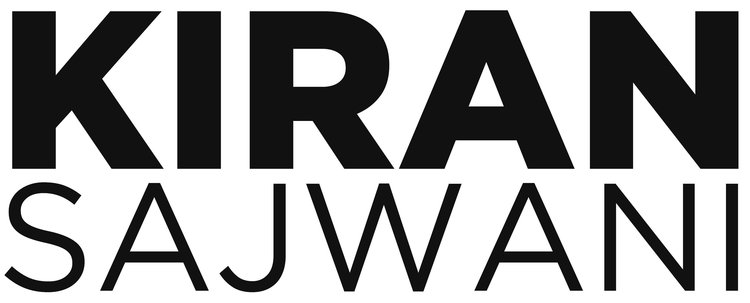I love learning. I’ve always loved learning, from when I was a little kid learning about shapes and letters, to literature and programming languages in school, to consumer behavior and human-centered design in university. It didn’t stop when I graduated, but that desire to learn more got even stronger. I wanted to learn about things I didn’t discover in the academic setting, and bonus points if it was on the creative side. What made me happiest was when I could apply what I learned to solve a problem or just make things a little bit better.
When my desire for learning made me a target for the playground bullies, I just stopped going to the playground, and immersed myself further in books, classes, and courses. While I tried to escape from the bullies, their words left an impression, and I wondered if my love of learning was weird. But the joy I got from learning was louder than the taunts, so I continued. And I am so glad that I did, because encountering something new, struggling with understanding it, eventually making sense of it, and then hopefully using it — that challenged my mind, tempered my assumptions, broadened my horizons, and helped me grow. More importantly, it made me realize that while I may now know a lot more than when I first began, I still had a way to go and continue my learning journey.
I did feel a sense of relief and a bit of validation when I learned that my nerdy tendencies were a source of strength. I took the CliftonStrengths Assessment for a leadership course (what else did you expect?), and discovered that Learner was among my top 5 skills, and somewhere in my report was the line that I was “quite naturally a lifelong student.” While I don’t disagree with the assessment, I wondered if Knowledge Geek or Knowledge Enthusiast might be a funner term!
This result made me wonder about the roots of my love of learning. Whenever I asked what or why, my Mom was always there to listen and work with me to help answer my endless questions. I recall being a kid, and my Mom making as many books available to me as possible; experimenting with new things just because it caught my eye; encouraging me to explore other sources if she didn’t have the answer; and always saying yes for play and laughter. My Mom is awesome :) It wasn’t just how she was with me, but also how she was with herself. She loved to immerse herself in new things and push the boundaries of her knowledge. She’s an amazing human I am lucky to call my mother, and her tenacious creativity is incredibly inspiring. I’ve lost track of the number of times she’s recreated a recipe after just a few bites, or done needlework and sewing without a pattern, or created a new thingamabob to solve a problem. Yes, thingamabob — used interchangeably with whatchamacallit and doohickey, because my Mom was more intent on designing creative solutions to annoyances rather than coming up with cool names. So our home was filled with a lot of thingamabobs and whatchamacallits that addressed different issues, but we needed to describe its use so we didn’t get stuck with the wrong whatchamacallit! :P
But every time we thought she’d mastered something, she’d go off and discover some new thing that she needed to challenge herself with and learn and master. It’s safe to say I inherited my Mom’s desire to learn, solve problems, and make things a little bit better. Perhaps my designer tendencies were inspired and shaped by my Mom’s artisan and creative spirit, and for that (and a whole lot more), I am eternally grateful — Thank you, Mom :) ❤





